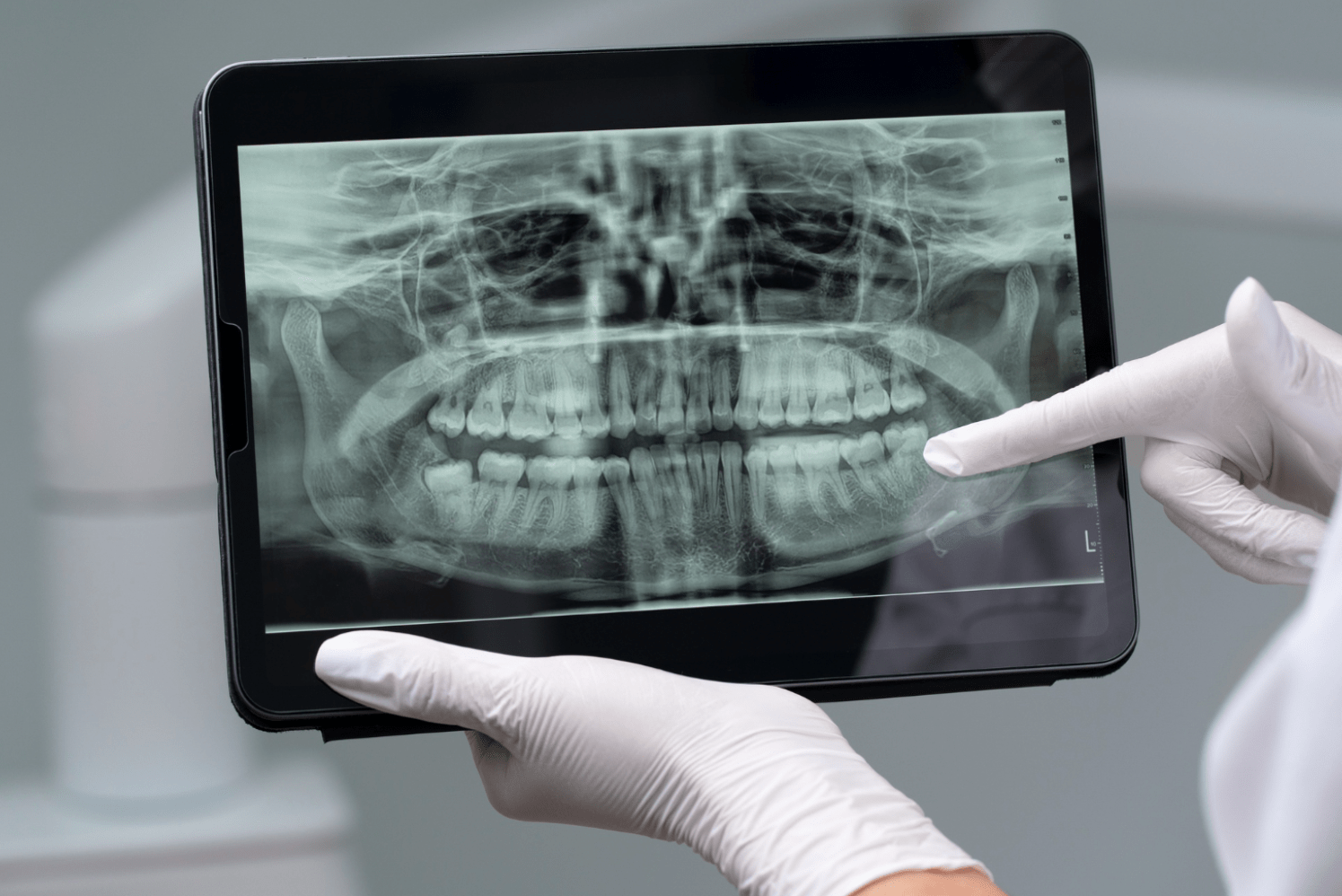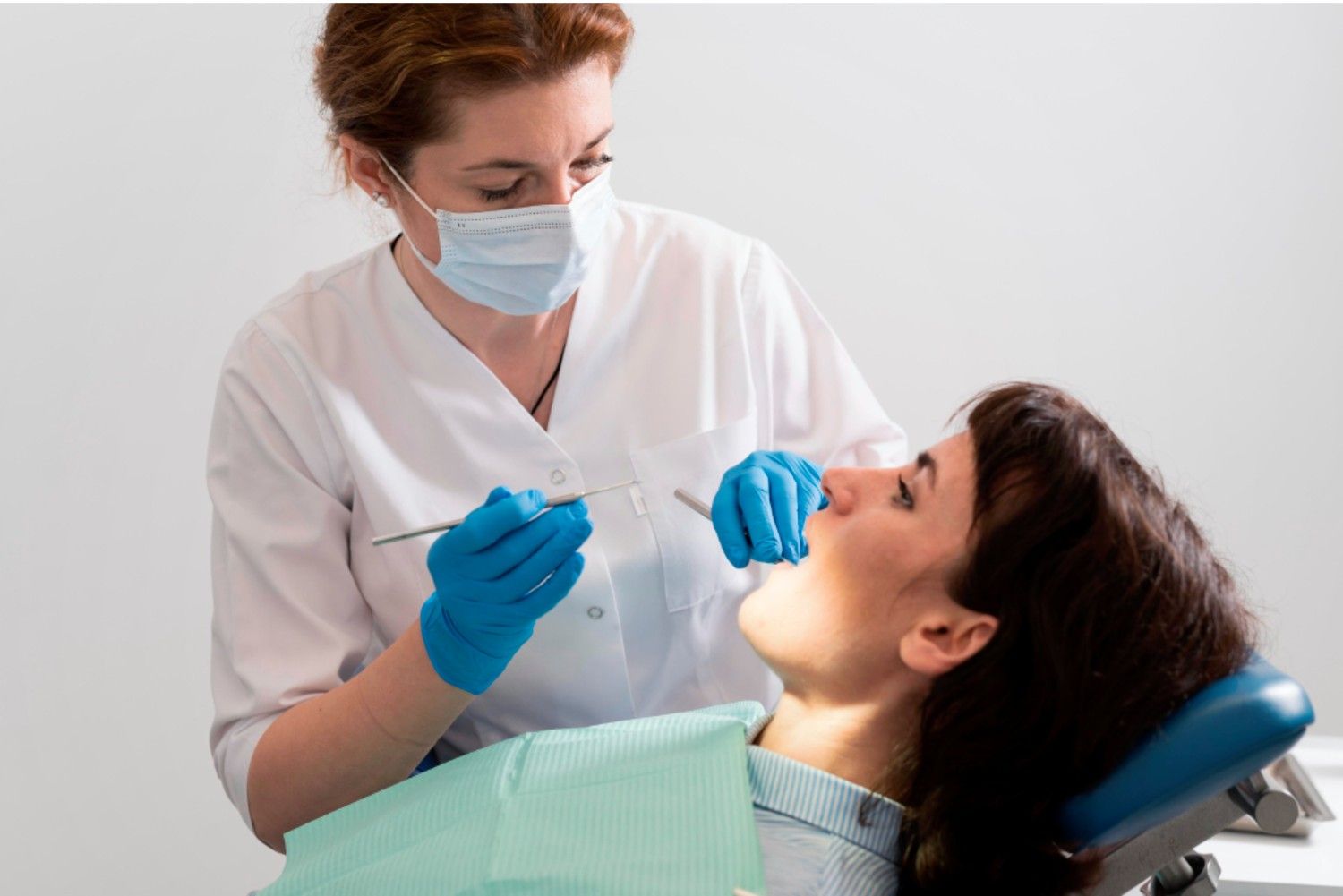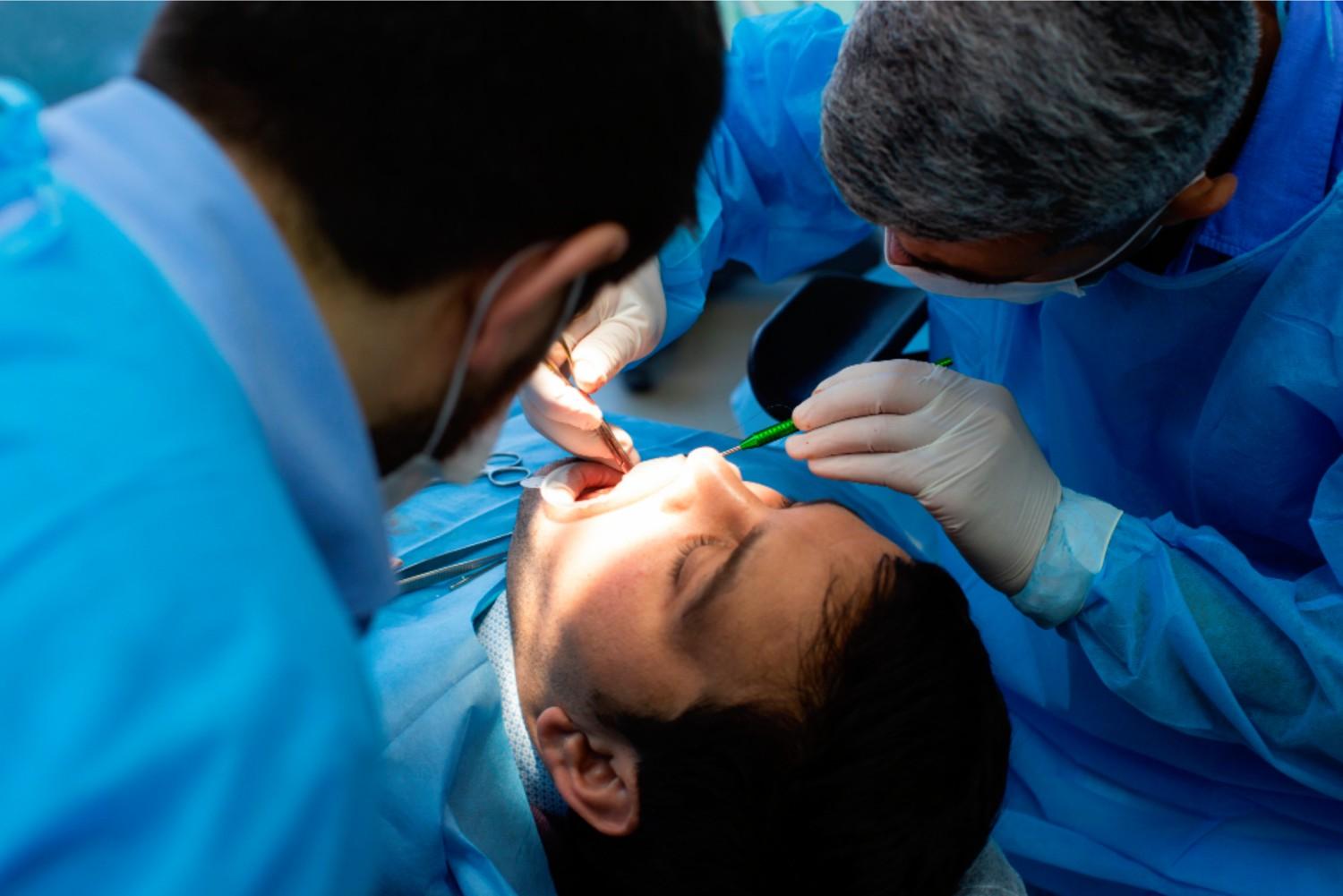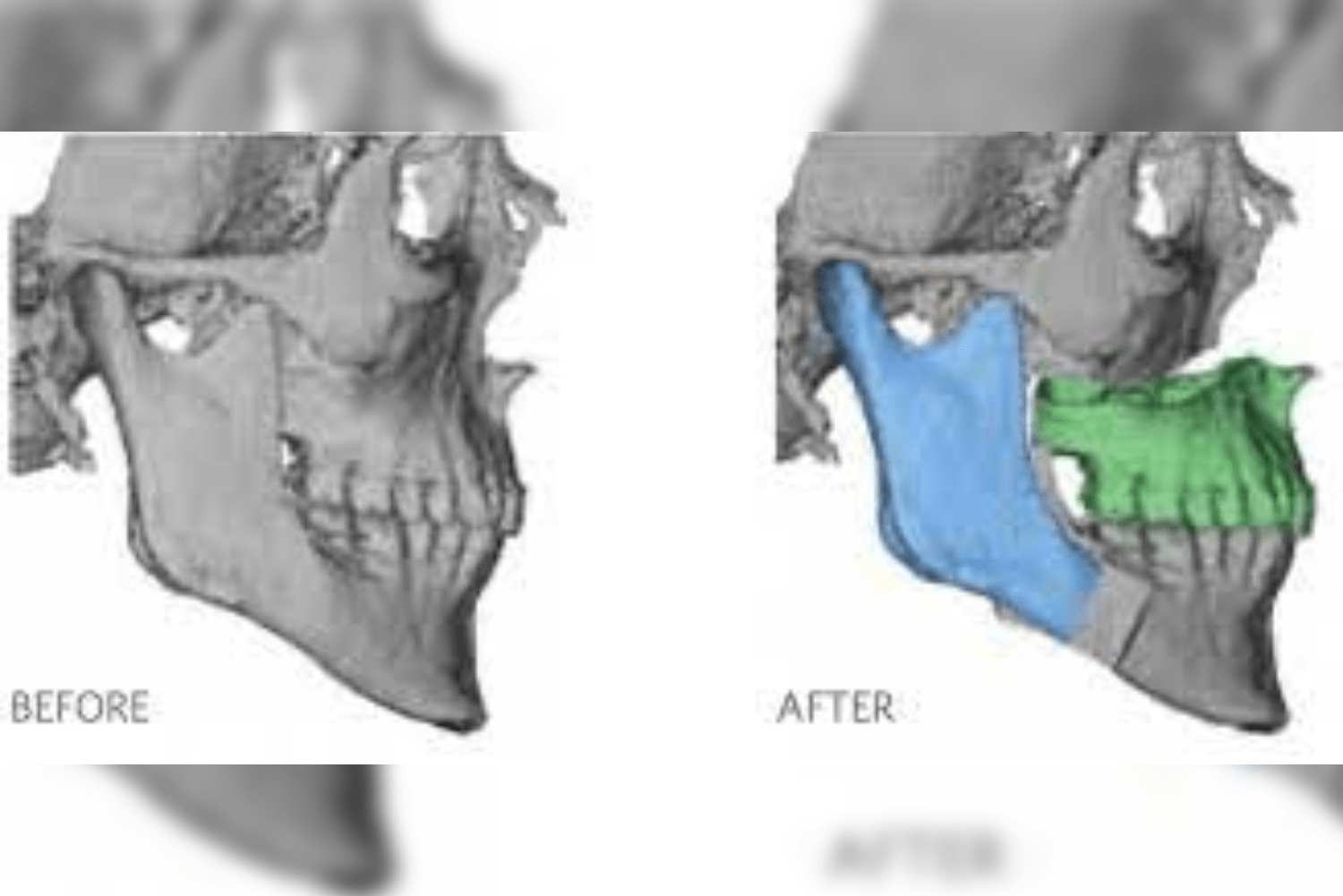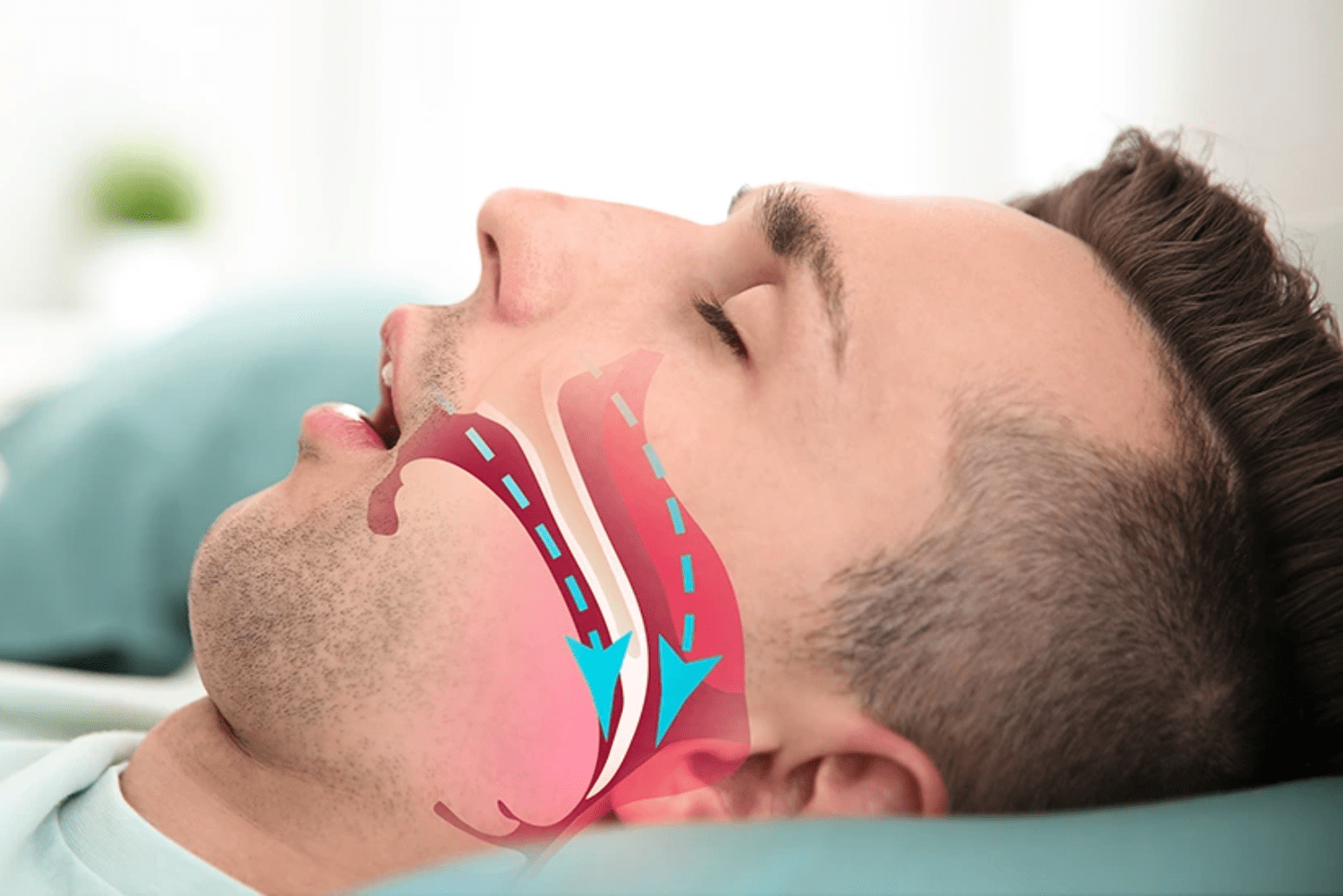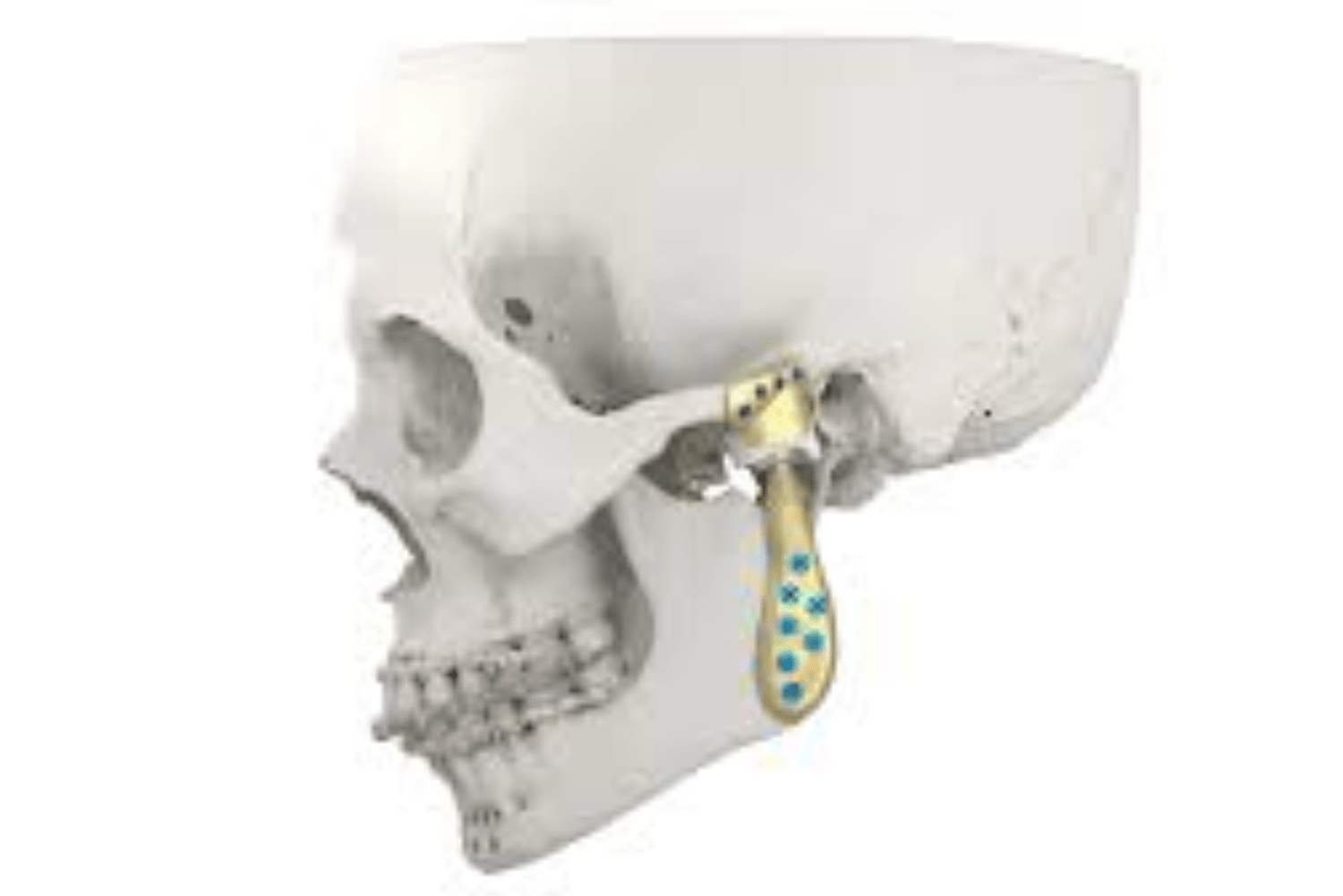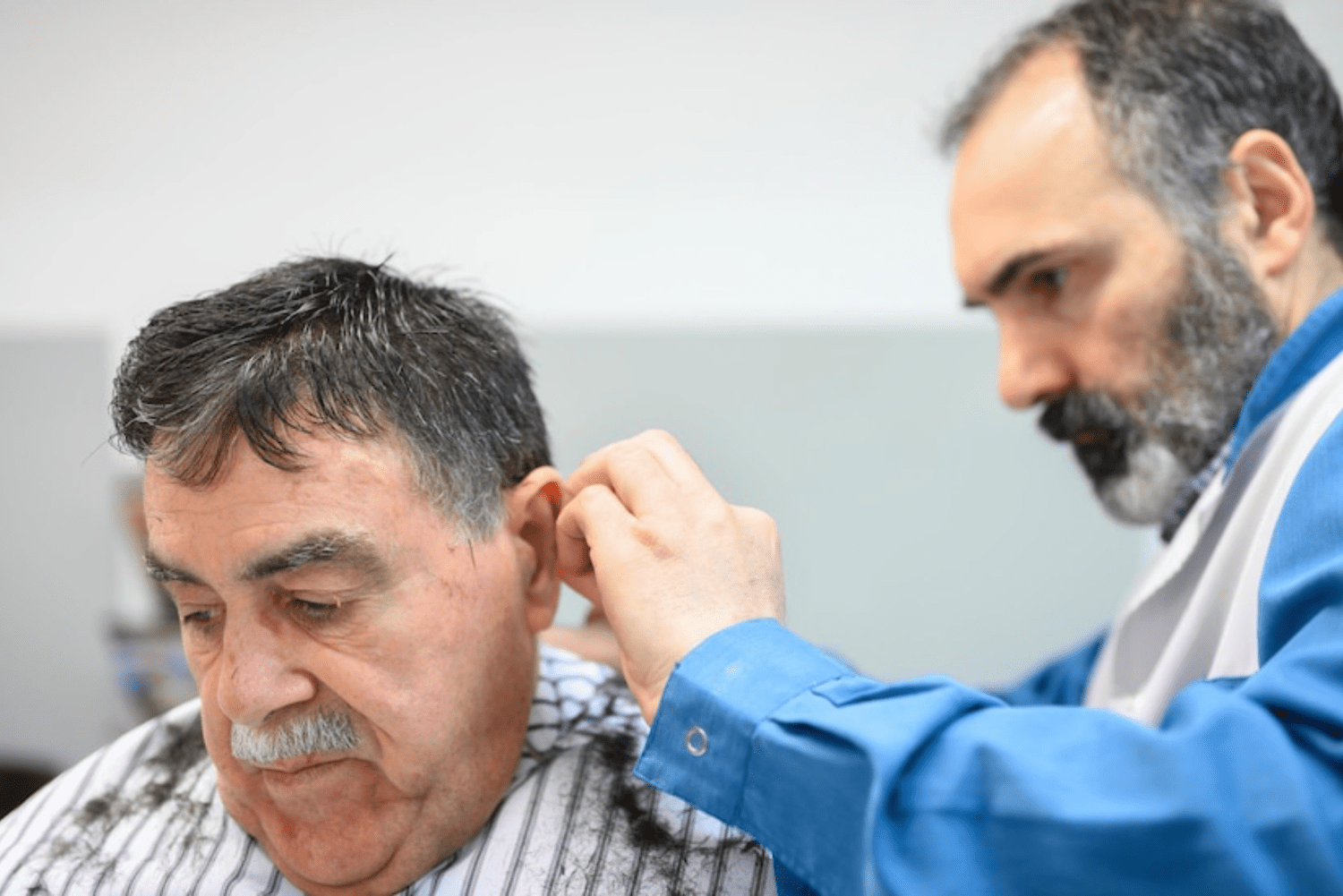What is Virtual Surgical Planning (VSP)?
Virtual Surgical Planning (VSP) is a software-based modality that allows surgeons to digitally plan and visualize the post-operative results of a surgery in advance. All the steps of the surgery can be simulated on the software, including exploring different surgical approaches and evaluating their probable outcomes.
Why VSP?
The traditional model surgery (TMS) used historically in orthognathic surgery planning is susceptible to compounded human and material error and leads to increased cost and time expenditures.
Virtual Surgical Planning (VSP) provides the ability to visualize surgical movements in 3D and has significant advantages compared to TMS. With Virtual Surgical Planning, surgeons can achieve higher precision, efficiency, and predictability.
VSP has now supplanted TMS as the standard of care in the treatment planning and execution of orthognathic surgery, as new innovations continue to expand the potential to improve outcomes and increase efficiency.
VSP in Orthognathic Surgery
Using Virtual Surgical Planning (VSP), surgical movements are planned in 3D, allowing enhanced visualization of the anatomical changes induced by surgical movements. CAD/CAM technology allows for the fabrication of surgical guides in the form of occlusal splints or, more recently, custom patient-specific fixation.
With Virtual Surgical Planning, custom plates provide additional advantages, including greater accuracy, improved surgical stability, and predictable outcomes.
VSP in Our Institution
In our patients with facial deformities, such as malocclusion, Virtual Surgical Planning (VSP) plays a vital role in presurgical workups for successful orthognathic treatment. Surgical planning and simulation of outcomes are the most important steps to ensure precision. It is necessary to correctly move the osteotomized segment and dentition to the required position in 3D space according to the preoperatively determined surgical plan. Therefore, we emphasize intraoperative control for precise and accurate mobilization of osseous segments.
Currently, we use NemoFAB software, one of the most comprehensive digital platforms for orthognathic surgery. This advanced Virtual Surgical Planning tool is incredibly effective for diagnosis and treatment planning in facial, airway, and bite corrections. It uses Artificial Intelligence to recognize the teeth, maxilla, mandible, and condyles in the CBCT, achieving utmost accuracy and saving valuable time. After planning the surgery, surgeons can also visualize soft tissue morphing on the actual photographs of the patient’s face, providing better clarity and predictability.
Advantages of Virtual Surgical Planning (VSP)
Three-dimensional (3D) Virtual Surgical Planning (VSP) is now widely accepted as the mainstream approach for treatment planning, offering significant improvements over classical 2D planning or articulator model surgery. With computerized treatment planning, it is possible to perform virtual segmentation of the maxilla or mandible, enabling precise repositioning of osteotomized segments in horizontal, vertical, and transverse directions with full degrees of freedom according to the planned movements.
VSP also allows visualization of interosseous relationships, segment overlap, bony interferences, significant interosseous gaps, and potential sites for additional bone grafts or reduction. Another major advantage is that presurgical planning trials can be performed quickly and with greater predictability.
Technological advancements now extend beyond planning, allowing intraoperative use of surgical splints or guides fabricated with 3D computer-aided design/computer-aided manufacturing (CAD/CAM) systems.
At our institute, a step-by-step protocol for 3D Virtual Surgical Planning is well established:
-
Acquisition of CT or CBCT images of maxillofacial structures and scanned maxillomandibular dental casts.
-
3D image segmentation, fusion, and superimposition of dental arches in CT images for virtual planning.
-
Implementation of the virtual treatment plan based on diagnosis and surgical goals.
-
Fabrication of CAD/CAM surgical splints or surgical guides.
-
Intraoperative utilization of these splints or guides for accurate transfer of planned movements.
-
Postoperative validation of VSP compared to real outcomes.
Because osteotomized segments of the maxilla can be mobilized in complex degrees and directions, 3D simulation through VSP provides unmatched accuracy, precision, and confidence in surgical outcomes.
Limitations of Virtual Surgical Planning (VSP)
While Virtual Surgical Planning (VSP) provides remarkable accuracy and efficiency, patients must understand that it does not automatically guarantee successful surgical outcomes. Errors may occur at different stages of the workflow. Factors such as integration of 3D dentition with skull data, segment identification and mobilization, computer-aided surgical simulation, fabrication of splints and surgical guides, 3D image superimposition, and determination of occlusion in the virtual space all require precision and expertise. Each step can influence the overall accuracy and outcome of the surgery.
Why VSP Seems to Be the Future of Orthognathic Surgery
In the digital era, VSP has become a cornerstone in orthognathic surgery. Research and clinical evidence suggest that it reduces preparation and operation times, improves accuracy, and enhances both surgeon and patient satisfaction. Instead of being a risk, VSP is proving to be an opportunity to achieve better, more predictable outcomes.
For surgeons treating patients with dentofacial deformities, staying updated with advances in computerized planning is essential. By balancing benefits against limitations—and efficiency against cost—institutions can adopt VSP in ways that best suit their clinical settings.
Looking ahead, the future of Virtual Surgical Planning is likely to include:
-
Improved imaging technologies.
-
Better prediction of soft tissue changes.
-
Simplified planning workflows.
-
Same-day, surgeon-directed planning and 3D printing.
Overall, virtual planning has proven to be an accurate, reproducible, and evolving method that is shaping the future of orthognathic treatment planning.

